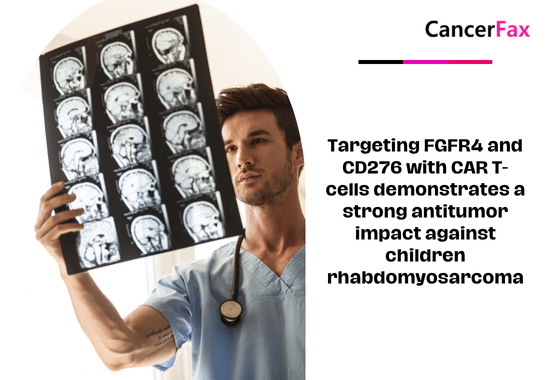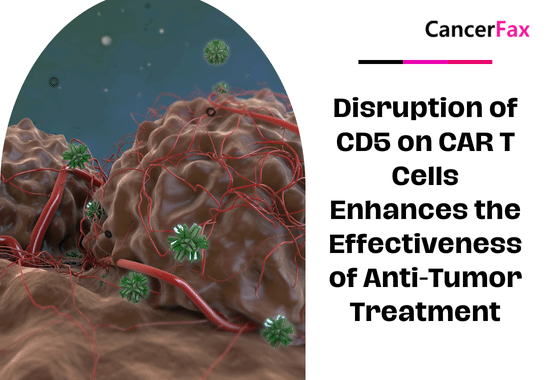Proton therapy for liver cancer, prolonged overall survival of patients with hepatocellular carcinoma proton therapy
Hepatocellular carcinoma is the most common type of liver cancer, with more than 700,000 deaths worldwide each year, and the incidence is increasing. Treatment methods for hepatocellular carcinoma include liver transplantation, surgical resection, ablative procedures and radiotherapy (photon radiotherapy or proton therapy). Among them, surgery is still the preferred treatment, but the liver sources that can be used for transplantation are scarce and many patients cannot accept surgical resection due to liver cirrhosis and other reasons.
Proton therapy can extend the patient’s overall survival
Massachusetts General Hospital Nina Sanford, MD and team retrospectively compared the therapeutic effects of 133 patients with inoperable liver cancer who underwent traditional photon radiotherapy or proton therapy at Massachusetts General Hospital between 2008 and 2017, of which 49 cases (37%) ) Receive proton therapy. This is the first comparative study of proton therapy and photon radiotherapy for hepatocellular carcinoma.
The median follow-up period of the study was 14 months, the irradiation dose was 45 Gy / 15 or 30 Gy / 5 ~ 6, and the median age of the patients was 68 years. Studies have shown that the overall survival of patients in the proton therapy group is better than that of the photon radiotherapy group, with median survival times of 31 months and 14 months, respectively, and 24-month overall survival rates of 59.1% and 28.6%, respectively. At the same time, proton therapy can reduce the incidence of non-classical radiation-induced liver disease (RILD) compared to photon radiotherapy. Of the 21 patients with non-classical RILD, 4 received proton therapy and 17 received photon radiotherapy; and after treatment The incidence of RILD at 3 months was correlated with overall survival. The local control rates of the proton therapy group and the photon radiotherapy group were 93% and 90%, respectively, and there was no significant difference between the two groups.
The article indicates that the longer overall survival of patients in the proton therapy group may be due to the lower incidence of decompensated liver function after treatment. Dr. Sanford said that in the United States, patients with hepatocellular carcinoma are often accompanied by other liver diseases, making these patients unable to undergo surgery and making radiotherapy more difficult. The proton therapy has a lower radiation dose to normal tissues around the tumor, so for patients with hepatocellular carcinoma, the non-target liver tissue receives less radiation dose. “We think this will reduce the incidence of liver injury. Because the cause of many hepatocellular carcinoma patients is other liver diseases, the lower liver injury rate in the proton therapy group can translate into better patient survival.”
Identify predictors of liver injury after proton therapy
Radiotherapy for hepatocellular carcinoma is still controversial because high-dose irradiation of tumors can cause other liver diseases (RILD). MD Anderson Cancer Center and radiation oncologist Cheng-En Hsieh, MD of Chang Gung Memorial Hospital in Taiwan and his team identified the predictors of RILD after proton therapy.
Non-target liver volume / standard liver volume ratio (ULV / SLV) volume-effect histogram
This multi-center study included 136 patients with hepatocellular carcinoma who did not progress to intrahepatic tumors after proton therapy. The proton therapy was divided into 2 GyE. Multivariate regression analysis showed that the non-target liver volume / standard liver volume ratio (ULV / SLV), tumor target volume, and Child-Pugh classification were independent predictors of RILD, and the average liver dose and target delivery dose were not related to RILD Sex. The researchers believe that the ULV / SLV value is the most important predictor of RILD; exposure to ≥1 GyE can cause liver complications. Therefore, for the prevention and treatment of liver diseases, the non-target liver volume is more important than the average liver dose.
“Our data shows that if enough livers can be protected, proton therapy is safe enough and the risk of RILD can be minimized,” Dr. Hsieh said. “It’s like a liver resection, which retains enough liver The large volume of liver can be safely removed with tissue. “
The importance of patient selection and individualized treatment
Laura Dawson, MD, ASTRO’s president-elect, stated that clarifying the predictive factors associated with a high risk of liver injury can help radiation oncologists balance the benefits and risks of treatment and develop individualized treatment strategies.
Both studies have emphasized the need for individualized radiotherapy for liver cancer,” Dr. Dawson said. “Although there are currently suitable patient types for proton therapy, there is still insufficient clinical evidence to treat proton therapy as the liver prior to photon radiotherapy. The preferred treatment for cell cancer. We still need randomized trials (such as NRG-GI003) to guide clinical practice and make it clearer which patients can benefit from proton therapy. “
Dr. Sanford said: “At present, proton therapy is still an expensive treatment and has limited resources. Therefore, we need to further carry out research to optimize the selection of proton therapy patients based on clinical factors or tumor biomarkers.”

